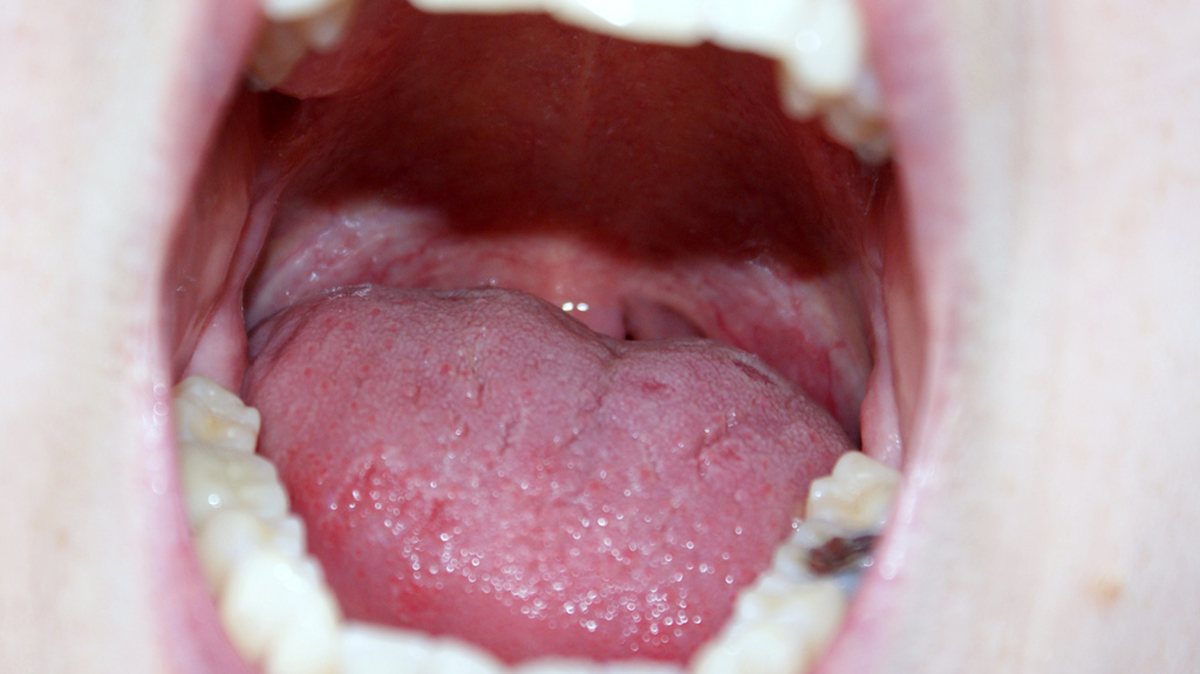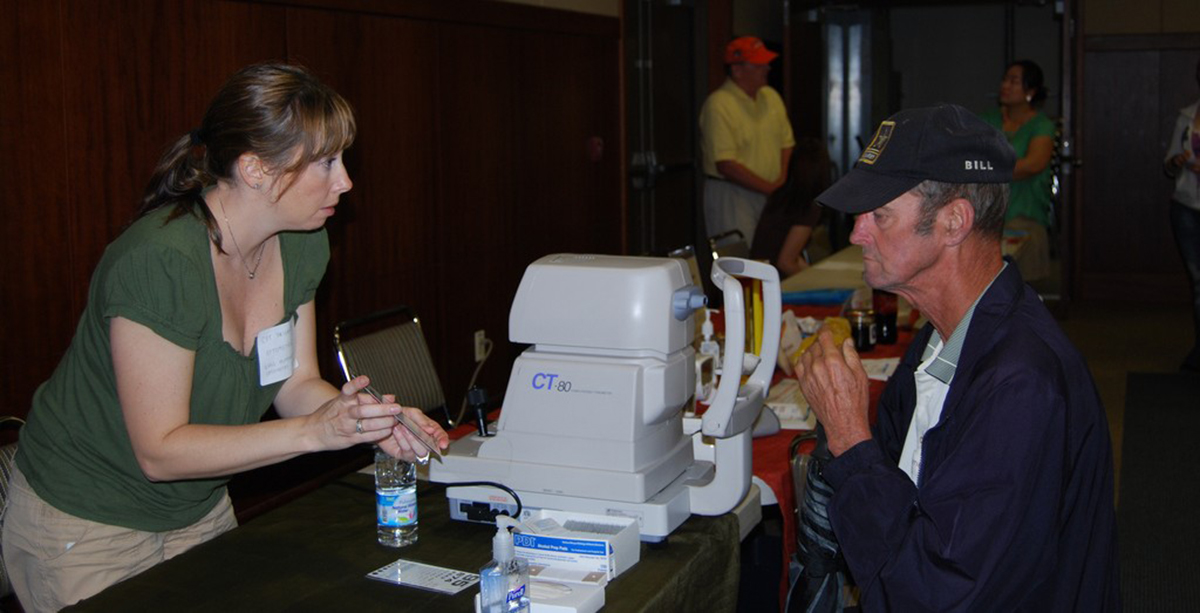When you think of different types of cancer, oral cancer may not be the first thing that comes to your mind. There may not be as much public awareness about oral cancer as there is about cancers, such as prostate or breast cancer. But according to the Oral Cancer Foundation, over 43,000 people in the Unites States are diagnosed with oral cancer each year. Worldwide that number is much higher.

In the U.S, it will take the lives of one person every 24 hours.
But oral cancer does not only take lives; it may steal a person’s ability to eat, speak and function normally. Not only can the disease cause disabling effects, treatment may sometimes lead to problems eating and talking.
Human Papillomavirus and Other Causes of Oral Cancer
Oral cancer can involve cancer in the mouth including the cheeks, roof of the mouth and tongue. It may also develop on the lips or gums. Cancer that develops on the back of the oropharynx, which is the back of the throat, is also classified as oral cancer.
In the past, oral cancer was thought to be mainly caused by cigarette smoking. Most people who were diagnosed with oral cancer were older men who smoked.
According to the Cancer Treatment Centers of American, two-thirds of people diagnosed with oral cancer are over the age of 55, but that number may be changing. Oral cancer is affecting younger people. One reason may be due to the human papillomavirus (HPV).
HPV is a sexually transmitted virus, which is associated with some types of cancer. There are different strains of HPV, and not all strains are associated with cancer. The strain associated with cancer, such as oral and cervical, is HPV16.
If the oral cavity becomes infected with HPV through sexual contact, changes in the cell’s DNA can occur. In some cases, the cells continue to change and may grow out of control leading to oral cancer. Cancer related to oral HPV typically involves the oropharynx. The fastest growing population of people developing cancer of the oropharynx are people between the ages of 25 and 50 according to the Oral Cancer Foundation.
In addition to HPV, tobacco use is still one of the main risk factors for oral cancer. People who are heavy alcohol drinkers are also at an increased risk of developing oral cancer.
The Need for Oral Cancer Screening
As with most types of cancer, the earlier oral cancer is diagnosed, the better the prognosis tends to be. Screening often only takes a few minutes and can be done during a routine dental exam.
An exam is quick and painless. Your dentist will look inside your month and examine the inside of your cheeks, the roof of your mouth and floor of the mouth, along with your tongue. The gums, lips and throat will also be examined.
See Also: Oral Cancer: Risks, Causes, Symptoms and Treatments
Some dentists also use special instruments, which can identify changes in the tissue in the mouth. It usually involves examining the oral cavity with a hand held device, which uses varied technology to identify abnormal changes in the cells. If a growth is found, it will likely be removed, so the tissue can be examined under a microscope to check for cancerous cells.
In addition to having an oral cancer screening yearly, if you develop a sore or growth in the mouth, which does not go away in two weeks, you should see your doctor or dentist for a screening. Although many growths in the mouth are benign and nothing to worry about, an oral cancer screening can be lifesaving.
Fighting Oral Cancer
Once a person has been diagnosed with oral cancer, their disease will be staged. Staging involves determining how advanced the cancer is. For example, the size of the tumor will be determined. Tests will be performed to find out if the cancer has spread to other areas of the body, such as the lungs or liver.

Treating Oral Cancer
Once the stage of the disease has been determined, a treatment plan can be developed.
Many times treatment will include all three.
Surgery for oral cancer involves removing the cancerous growth and margins around the tissue. In some cases, bone may also need to be removed. Depending on the extent of the surgery, reconstructive surgery may also need to be performed to rebuild a portion of the jawbone or reconstruct part of the tongue. It is important to understand not all surgeries for oral cancer are extensive enough to require reconstruction surgery.
In addition to surgery, radiation is often used to treat oral cancer. Radiation is used to destroy cancer cells, which may still remain after oral cancer surgery. In addition, radiation may sometimes be done prior to surgery to shrink the tumor, making surgery easier to perform. Radiation is usually done daily for a series of weeks. Side effects of radiation therapy to the oral cavity and throat may include, sore throat, pain swallowing and dry mouth.
Chemotherapy may also be used as part of an oral cancer treatment plan. There are various drug combinations, which may be given. Chemotherapy may cause a variety of side effects, such as nausea, hair loss and fatigue. But not all people who undergo chemotherapy experience side effects. Additionally, side effects can often be managed successfully with medication.
Reducing Your Risk for Oral Cancer
Although it may not be possible to control all risk factors for diseases, such as oral cancer, there are many things you can do to lower your risk, such as the following:
Stop smoking; One of the best ways to decrease your risk of oral cancer is by quitting smoking. Although it can be a challenge, there are several methods available to help users quit from hypnosis to medication. Talk to your doctor about smoking cessation options.
Limit alcohol use: Drinking alcohol on occasion is probably not going to increase your risk of oral cancer, but drinking in excess will.
Avoid HPV infection: Avoiding oral sex with a partner who is HPV positive is one way to lower your risk of oral cancer. In addition, there is a vaccine available to prevent HPV infection.
See Also: If People Made Simple Lifestyle Changes, One-Third Of Common Cancers Could Be Prevented
Have pre-cancerous growths treated: Some growths in the mouth, such as leukoplakia, are considered pre-cancerous. Although not all cases of leukoplakia will turn into oral cancer, it is possible. Having pre-cancerous growths treated before they turn into cancer is one way to head off the disease.
Use sunscreen: Oral cancer, which develops on the lips may be due to ultraviolet light exposure. Limiting exposure and using a sunscreen can help reduce your risk.
- www.mouthhealthy.org/en/az-topics/o/oral-cancer
- oralcancerfoundation.org/facts
- Photo courtesy of Bradley Gordon by Flickr : www.flickr.com/photos/icanchangethisright/3690946522
- Photo courtesy of USAG- Humphreys by Flickr : www.flickr.com/photos/usaghumphreys/4864134499


Your thoughts on this